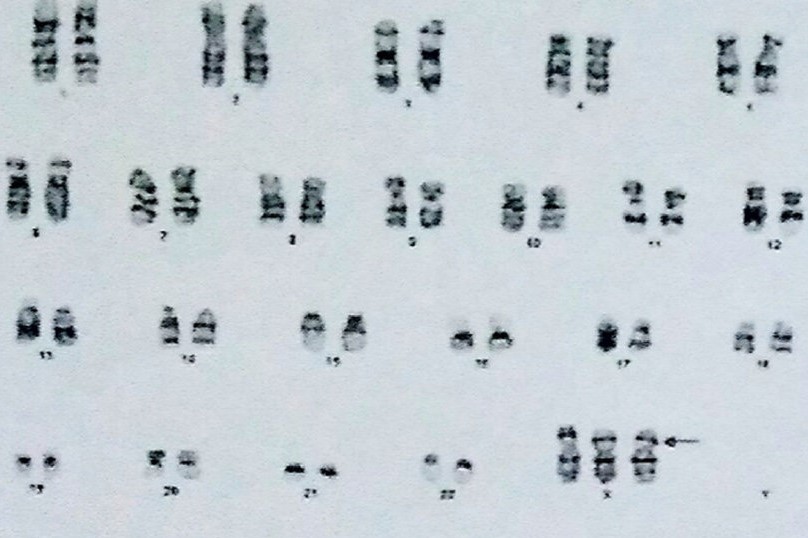XXX syndrome, also known as Triple X syndrome or Trisomy X, is a chromosomal disorder characterized by the presence of an extra X chromosome in females. Typically, females have two X chromosomes (XX), but individuals with XXX syndrome have three X chromosomes (XXX). This condition usually results from a random error in cell division during the formation of reproductive cells, leading to an extra X chromosome in the egg.
Physically, individuals with XXX syndrome often do not exhibit noticeable differences from females with the typical XX chromosome configuration. However, there can be variations in physical and cognitive development. In some cases, females with XXX syndrome may be taller than average and may experience delays in speech and language development. It’s important to note that there is significant variability among individuals with XXX syndrome, and many lead healthy and typical lives.
While XXX syndrome is generally not associated with severe medical complications, individuals with the condition may benefit from supportive interventions such as speech therapy or educational support if there are developmental delays. Genetic counseling can also be valuable for families to understand the nature of the condition and its potential impact on the individual’s physical and intellectual development. Early diagnosis and appropriate interventions can contribute to positive outcomes for individuals with XXX syndrome.

Let’s take a look at these 10 interesting facts about XXX syndrome to know more about it.
- Chromosomal Aberration: XXX syndrome, also known as Trisomy X or Triple X syndrome, results from a chromosomal aberration where females have three X chromosomes instead of the typical two (XX).
- Incidence: XXX syndrome is a relatively common chromosomal disorder, occurring in approximately 1 in 1,000 female births. However, it’s essential to note that many individuals with the condition may go undiagnosed, as it often presents with mild or no physical symptoms.
- Random Occurrence: The extra X chromosome in XXX syndrome usually occurs due to a random error in the formation of reproductive cells. It is not typically inherited from either parent.
- Physical Characteristics: Females with XXX syndrome often do not display distinct physical characteristics. In many cases, they appear indistinguishable from females with the typical XX chromosome configuration.
- Tall Stature: Some individuals with XXX syndrome may experience taller-than-average stature. Growth patterns can vary, and this is one of the physical traits that may be more noticeable.
- Cognitive Development: While many individuals with XXX syndrome have normal intellectual abilities, some may experience delays in speech and language development. Early intervention and educational support can address these challenges.
- Varied Presentation: The effects of XXX syndrome can vary widely among individuals. While some may have no noticeable symptoms, others may exhibit certain developmental or learning differences.
- Fertility: Many females with XXX syndrome have regular fertility and can conceive children. The extra X chromosome typically does not affect reproductive capabilities.
- Normal Lifespan: XXX syndrome does not generally impact life expectancy, and individuals with the condition can lead healthy lives. The key to positive outcomes often involves early diagnosis and appropriate support.
- Genetic Counseling: Families of individuals with XXX syndrome may benefit from genetic counseling to understand the nature of the condition, its potential impact on development, and to receive guidance on supportive interventions that can enhance the individual’s quality of life.
XXX syndrome, or Trisomy X, offers a fascinating glimpse into the complexities of human genetics. This chromosomal aberration, resulting in females having an extra X chromosome, typically presents with mild or no physical symptoms. While some individuals may experience taller stature and occasional delays in speech and language development, the variability in its manifestation underscores the importance of recognizing each person’s unique journey.
Despite its relatively common occurrence, XXX syndrome often goes undiagnosed, emphasizing the need for increased awareness and understanding within the medical community. With early diagnosis, appropriate interventions, and supportive measures, individuals with XXX syndrome can lead healthy, fulfilling lives, contributing to the broader narrative of genetic diversity and the resilience of the human spirit.



